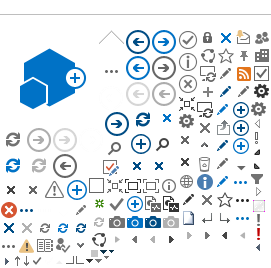There is always a problem in progressing this area of science: bridging the gap between the knowledge and a practically useful clinical tool. The horizon may often seem distant but this network can set a goal of maturing the knowledge to a stage that industry can chose to bring its resources into play. This will act to bridge through clinical trials and eventually make our brainchildren available to the health service providers. We can think of examples where this has succeeded outside STFC.
An exemplar is Nuclear Magnetic Resonance measurements (NMR), once a tool for chemistry, and now fundamental to the most respected of radiological tools the Magnetic Resonance Imaging (MRI) scanner. There exist further examples in drug development where research in cellular signalling and protein function has enabled potent pharmaceuticals to be produced.This emphasises the synergy between pure and applied biology and how they best proceed hand in hand.
The sea change in medicine of developing preventative medicines requires greater depths of knowledge of biological systems. To achieve this knowledge will require sophisticated studies and unique facilities such as the STFC can offer. The Centre for Instrumentation (link opens in a new window) (CfI) technology centre in the STFC exists to provide underpinning of technological development, especially in the vitally important area of detectors and sensors. It is the exploration of these technologies in biomedical research by our network members that will open up new areas of application.
The information gathered through the network will also act to guide the direction of the technology, which in the longer term is thought to have an impact on the research. Of note is the fact that the Spending Review strategy has already provided targeted funds in the areas of stem cell, brain and post-genomic research. These areas will have access to STFC technology and this will provide even more support capability in the laboratories, opening up new areas for scientific exploitation and this can be promoted to the communities through this network.
It is clear that a key factor in the success of the BioMed Network will be support for internal and external collaborations. To achieve our stated goals a multidisciplinary team is clearly required. Technologists, life scientists, and clinicians will all have roles to play in the endeavours. STFC has already built strengths in the first two, and has some success in fostering relations with the world of medicine. Continued success in this direction will buy us credibility in the medical community and open up access to sources of funds that would otherwise be denied such as those mentioned above.
It is generally recognised that taking the understanding of molecule scale systems forward to the ability to use that understanding of the benefit of the nations health, takes time. A five-year feed provided by this network fund, will certainly allow some investigations to get close to the point where they are ready for exploitation.
